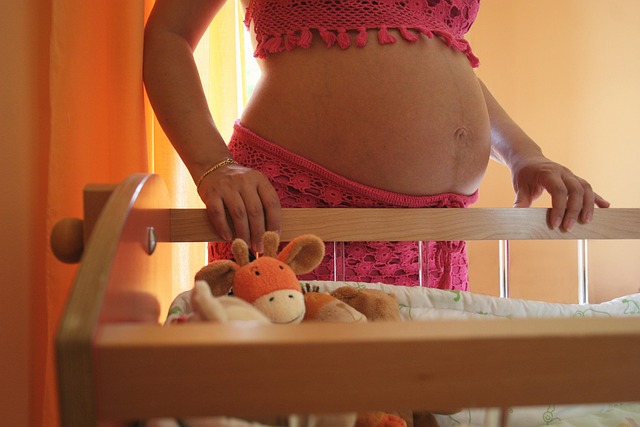Uterine rupture is a serious but uncommon complication that can occur during labor and delivery. It requires immediate medical attention, typically resulting in an emergency C-section followed by surgical repair of the uterus.
What is Uterine Rupture?
Uterine rupture happens when a weak area of the uterine wall tears, often at the site of a previous surgical incision, like from a C-section. This tearing can occur under the stress of contractions, leading to significant risks for both mother and baby. For more information on the risks and procedures involved, check out this detailed overview of uterine rupture.
How Common is Uterine Rupture?
While the occurrence of uterine rupture is rare, it is more likely in women who have had previous uterine surgery. For those considering a vaginal birth after cesarean (VBAC), it’s essential to discuss with your healthcare team, as certain types of scars can elevate the risk of rupture.
Symptoms of Uterine Rupture
Symptoms to watch for include sudden abdominal pain, vaginal bleeding, and changes in the fetal heart rate. If you experience any of these signs, it’s important to seek medical attention right away.
Who is Most at Risk?
Women who have had multiple C-sections, certain types of uterine surgery, or a history of uterine rupture are at higher risk. It’s crucial to have open discussions with your healthcare provider about your individual risks.
Potential Complications
If a uterine rupture occurs, it can lead to severe bleeding, shock, and potential harm to the baby. Quick intervention is vital to prevent serious outcomes.
How is Uterine Rupture Treated?
Treatment typically involves an emergency C-section to deliver the baby and repair the uterus. The goal is to minimize risks to both the mother and child.
Prevention of Uterine Rupture
While not all cases can be prevented, careful monitoring and planning for births, especially after a C-section, can significantly reduce risks. If you’re exploring options for conception, consider resources like Make a Mom for at-home insemination, or check out how it works to learn more about the process. For those interested in sperm donor matching, the Make a Mom Facebook group can offer helpful connections.
For additional insights into reproductive health, you might find our post on biophysical profiles informative. Understanding the basics of artificial insemination can also be enlightening; you can read more on this topic at Wikipedia.
In summary, uterine rupture is a rare yet serious complication that necessitates immediate medical intervention. If you have had previous uterine surgeries, discussing your birth plan with your healthcare provider is paramount to ensure the best possible outcome for you and your baby. For a comprehensive resource on pregnancy and home insemination, visit Modern Family Blog.
